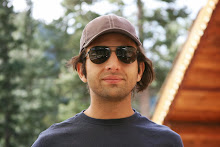Dry fitting the legs in position I found a rough golden rule ratio to the negative space to be most suited for the design.
Studying the original design you will notice what appears to be either screws covered by plugs, dowels or perhaps multiple tenons joining the top and legs. The intent was not to duplicate but pay respect, and as such I chose the joinery accordingly. Using 4 loose tenons, in this case the Festool Domino, I created 4 mortises in the end-grain of each leg and transferred the locations to the top.
Before glue up I tackled the stretcher bar joining the two legs near the bottom. This is an oval shaped bar that fits in the center. Choosing a nice piece of straight stock, I milled the stretcher to the desired thickness and moved on to the router table to apply the profile desired.
With some final sanding, the result was a very smooth and well shaped stretcher; all we had left was making the mating socket in each of the legs.
Using a cutoff from cutting the stretcher to length I was able to trace out the socket and match the radius to a forstner bit. With the hole drilled out, the bandsaw finishes the task.
It was time for glue up.








Nabil,
ReplyDeleteMy friend, you are doing a wonderful job on this table. Have you decided on your finishing materials?
Bruce
Hi Bruce, this table went thru several finish trials, Beginning with a polymerized tung oil and ultimately was top coated with a oil/varnish mix.
ReplyDelete